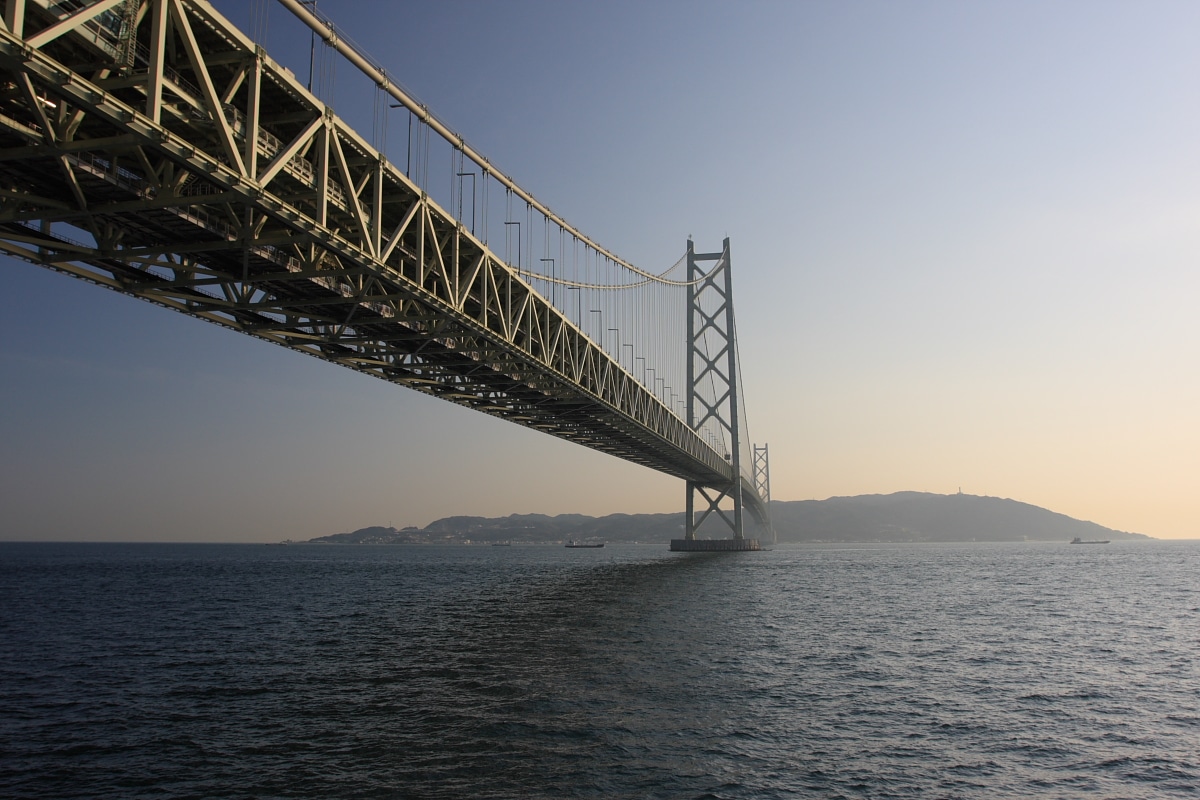
Photo by TYSTO. License: CC BY-SA 3.0
Slippery surfaces are dangerous, especially in hazardous areas such as footbridges and stair treads. Some bridge surfaces feature slopes and may also be wet, making them unsafe for both cyclists and pedestrians. Most of the modern bridges are OSHA and ADA compliant, but most of the older bridges need some improvements to meet these standards. The use of anti-slip bridge surfaces is a low cost, low maintenance, and permanent solution to slippery surfaces. Modern anti-slip surfaces are permanent and will provide safety for years even after the paint have worn out. Below are some of the reasons why bridges need anti-slip surfaces.
1. Reduce Accidents
Pedestrians and cyclist’s safety can drastically improve if anti-slip surfaces are installed on bridges. Slippery surfaces are a major cause of accidents on roads, factories, and homes. Cyclist accidents are very common on bridges and are sometimes serious and may sometimes lead to deaths. Some of the surveys conducted on cyclist accidents show that the most unsafe surfaces are wooden surfaces, especially when wet. The expansion joints found on bridges have a bumpy and uneven surface that are a risk to cyclists. The chances of mishaps on a slippery surface are very high, but there are cost-friendly anti-slip products available in the market.
2. Regulation
There is a lot of safety standards that a bridge must meet to get certified as safe for use. Some of these regulations include OSHA and ADA. OSHA is an international regulation that mainly deals with people’s safety, mainly when at work. The provisions strive at ensuring that all the hazards that may lead to accidents and injuries are identified and eliminated. One can meet the OSHA and DOT recommendations for minimum coefficient friction by installing high-quality anti-slip bridge surface covers.
3. Complete Control on the Appearance
The anti-slip surfaces materials available in the market nowadays are very beneficial in maintaining the look and feel of concrete on bridges, offices, and homes. The anti-slip surfaces work on all kinds of surfaces, including concrete and steel surfaces mainly found on bridges. One can choose a material that will blend with the already existing architecture to increase the attractiveness of the surface. The anti-slip surfaces also come in different colours and can enhance the visual appeal of a surface. The anti-slip surfaces added on the surface of a bridge will also provide safety for long periods, even after some of the other parts have worn out.
